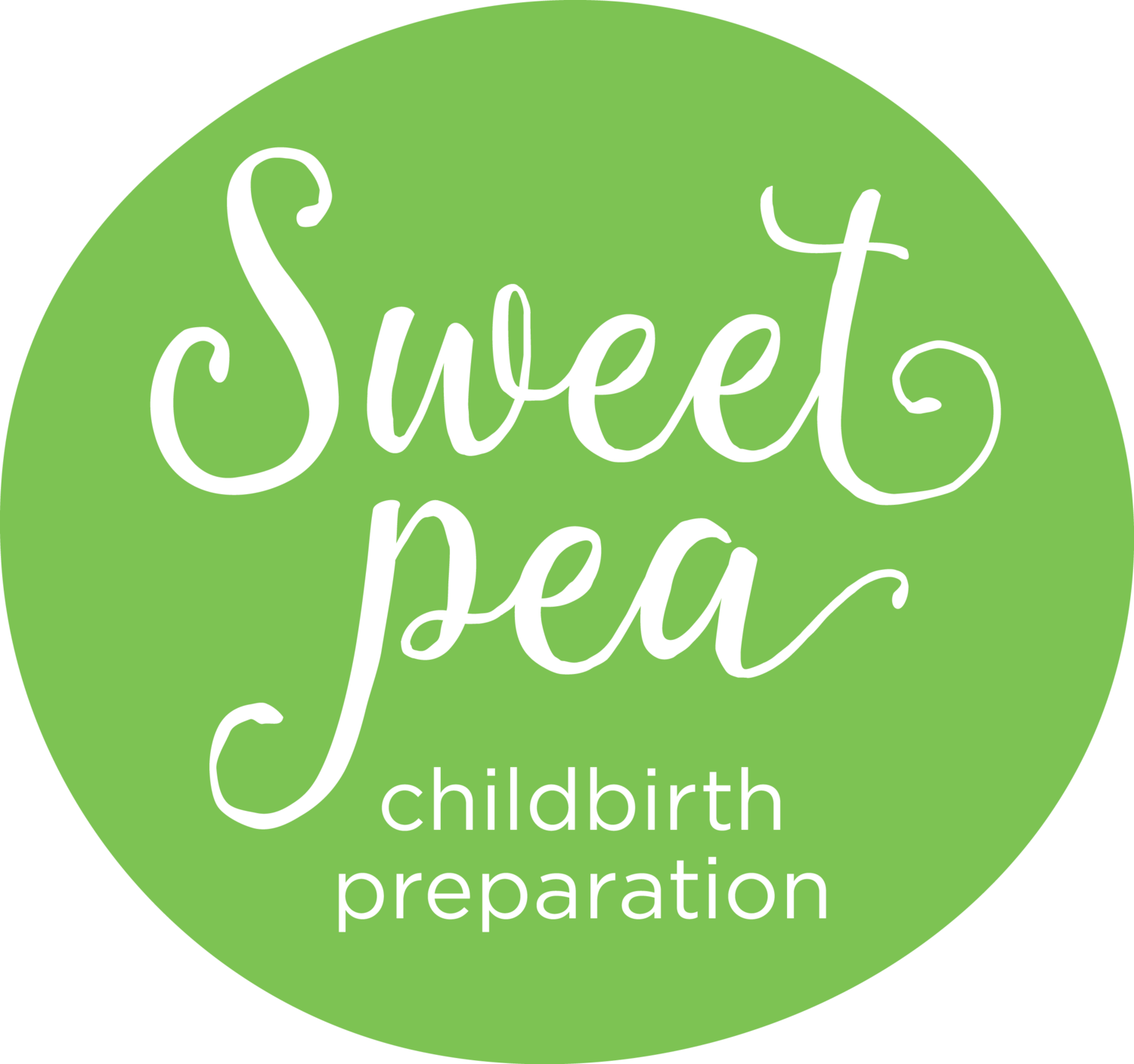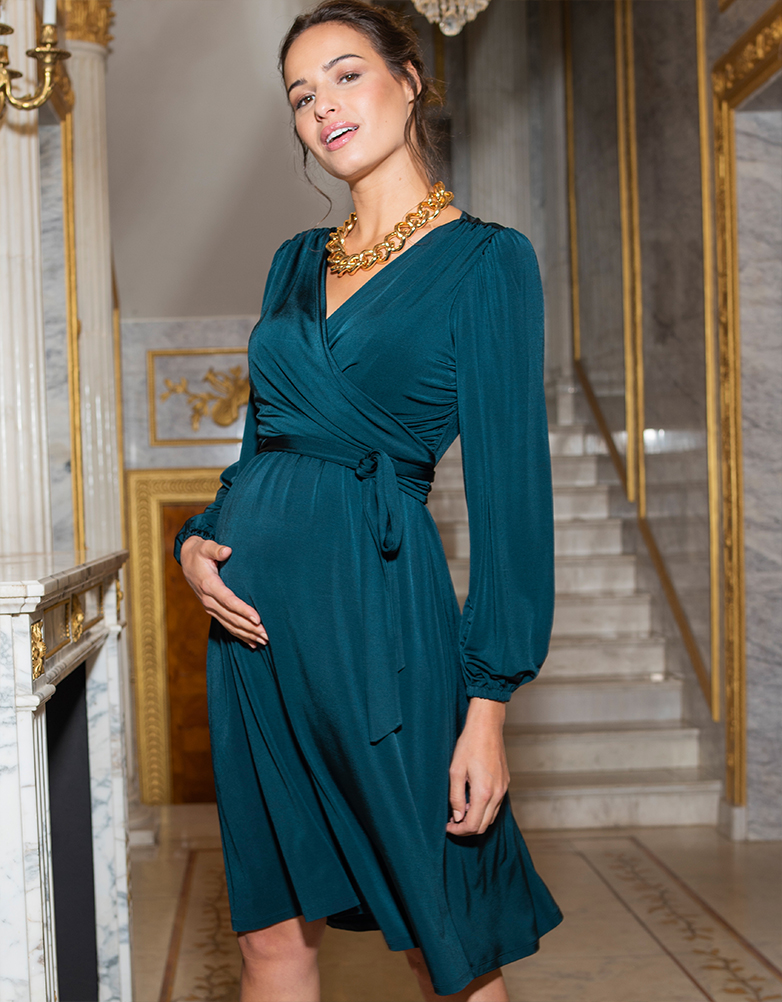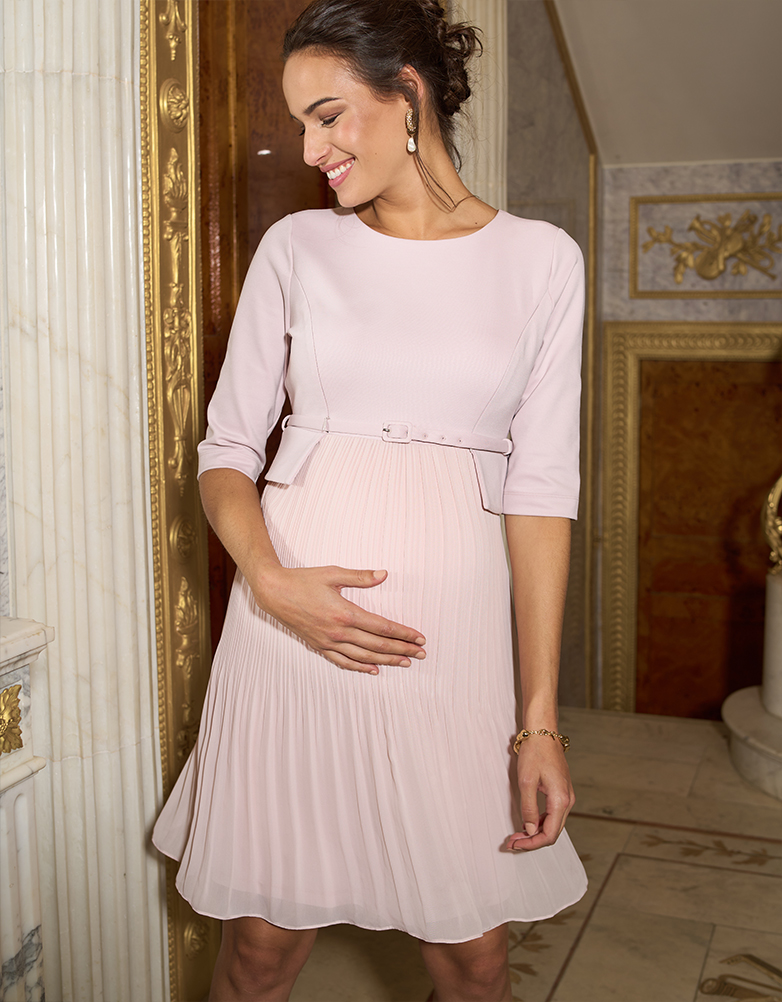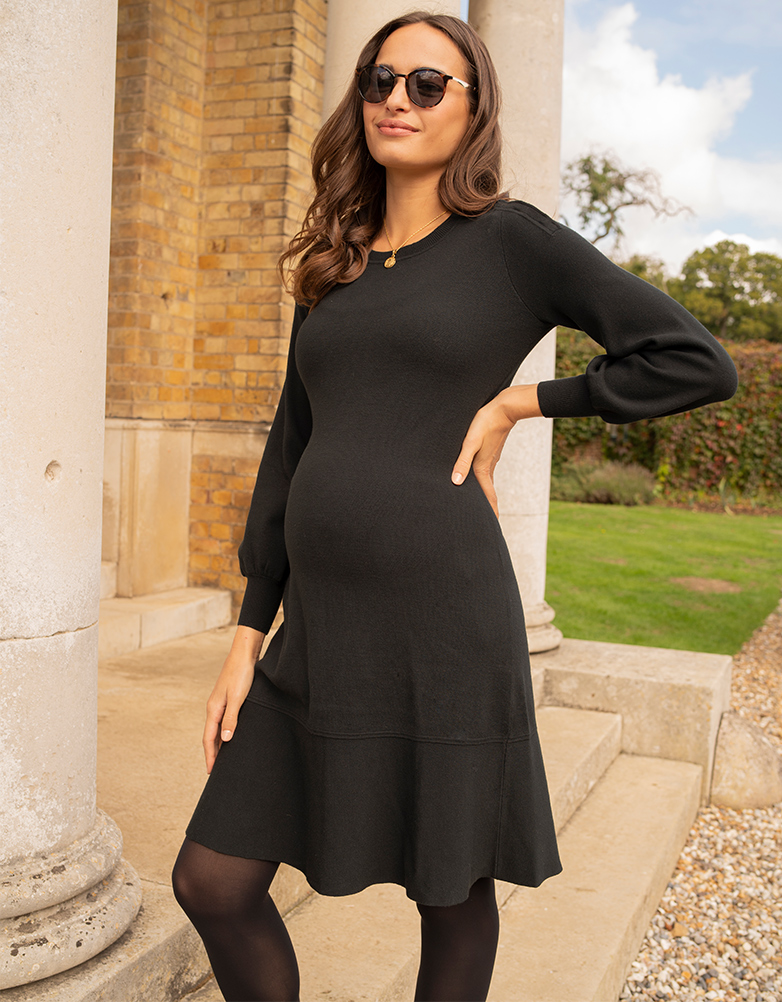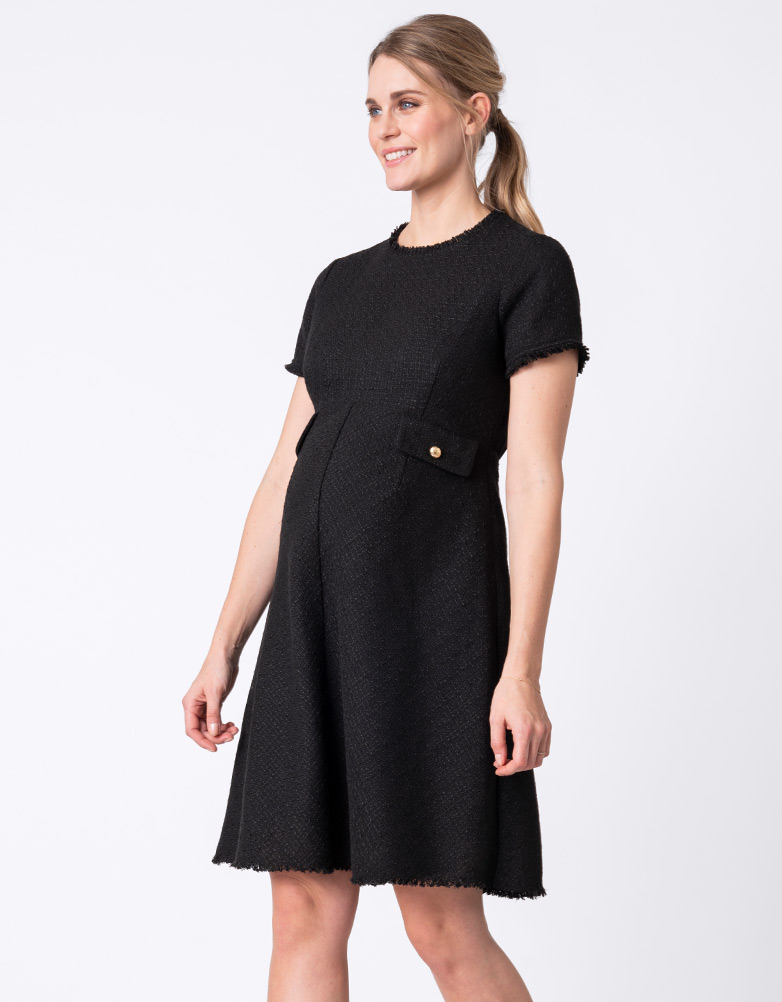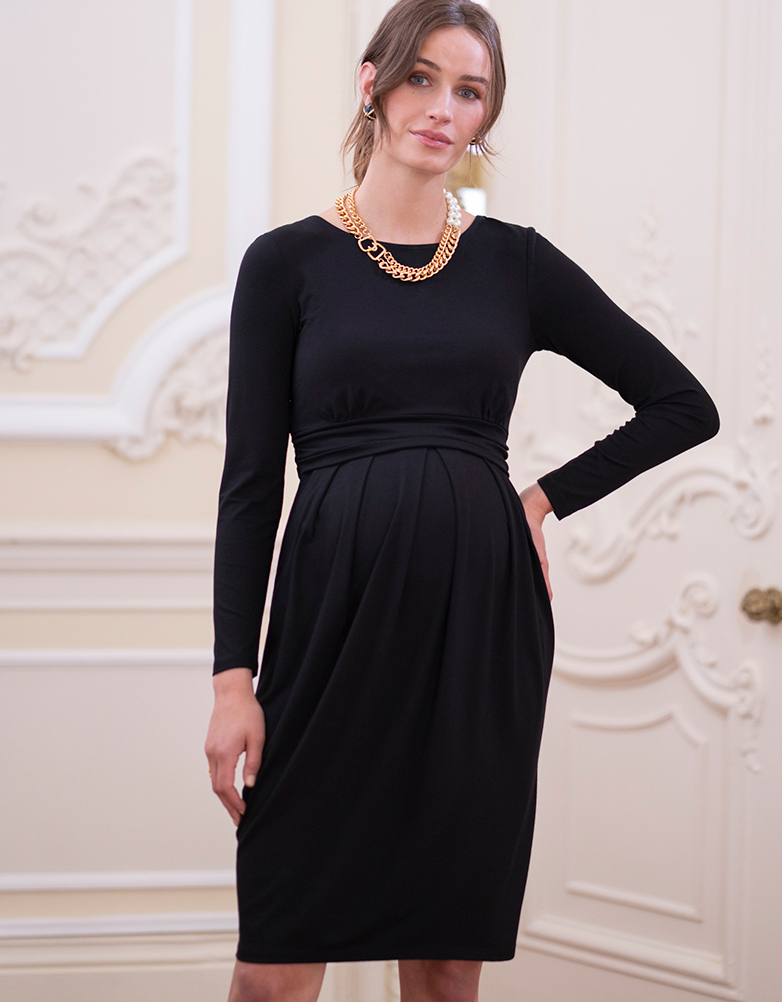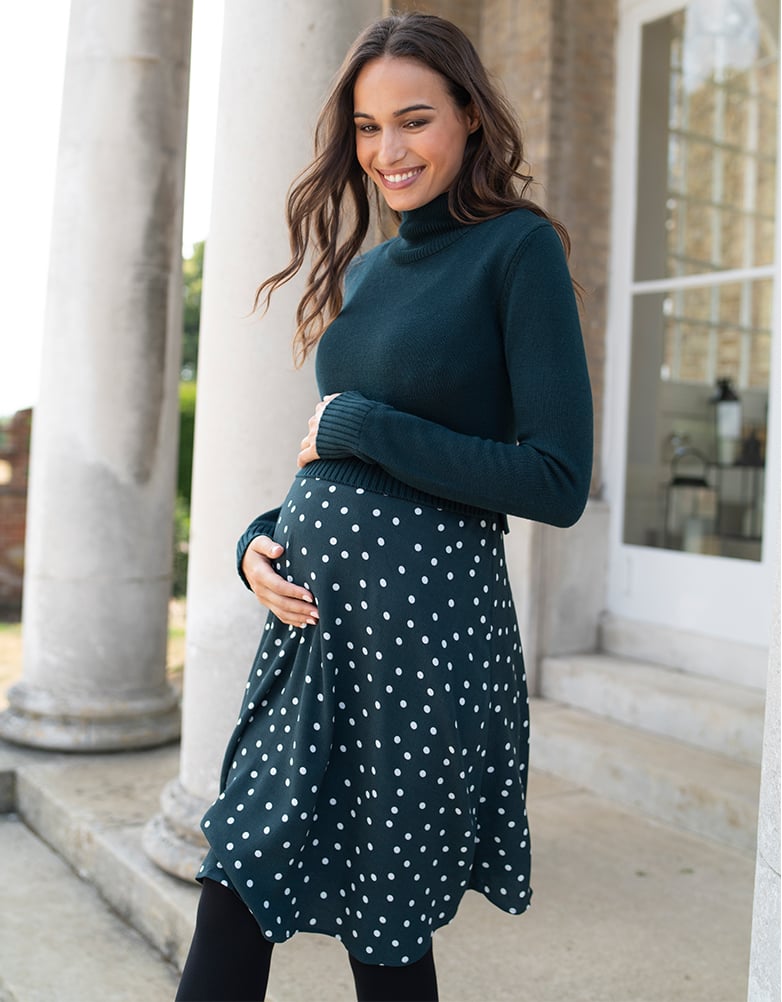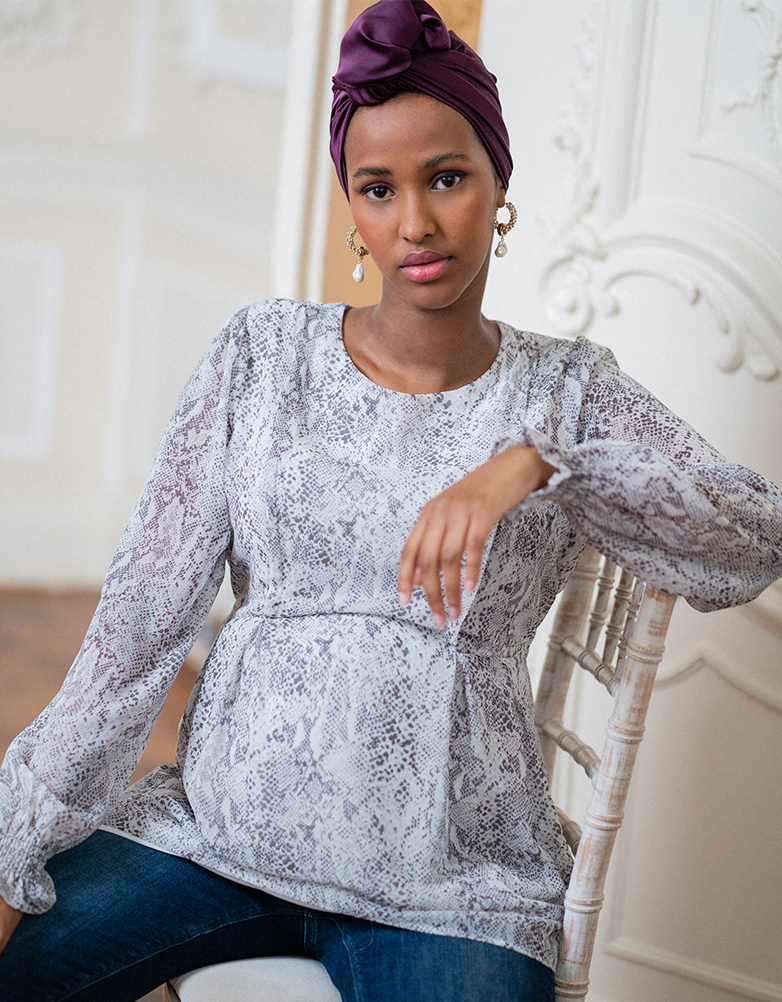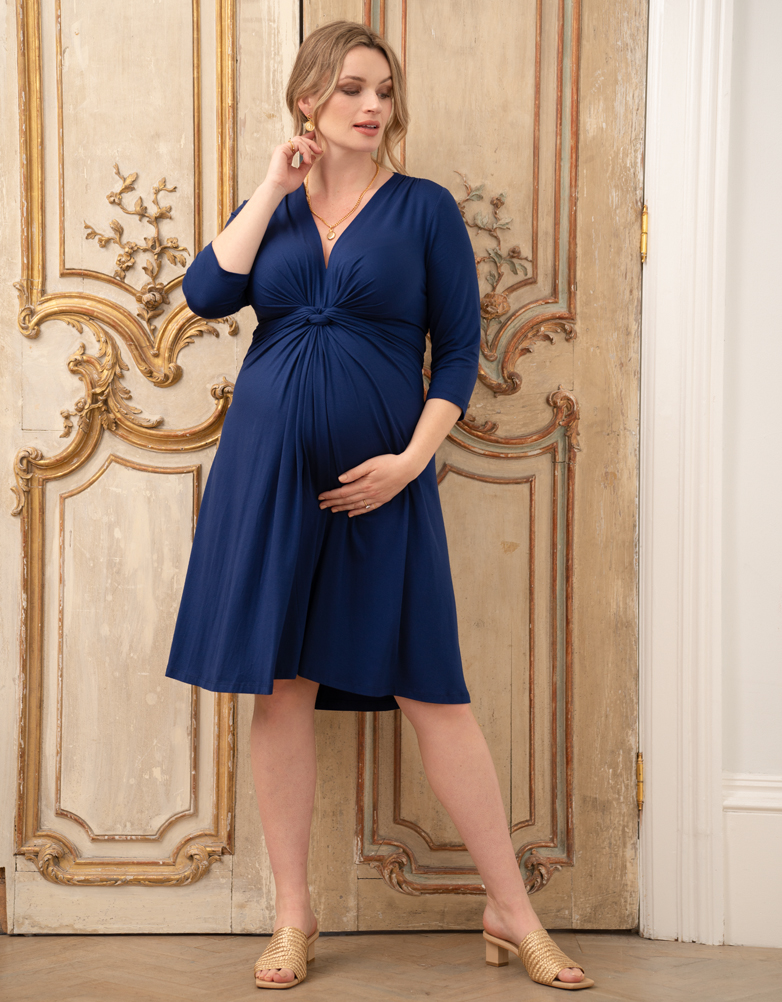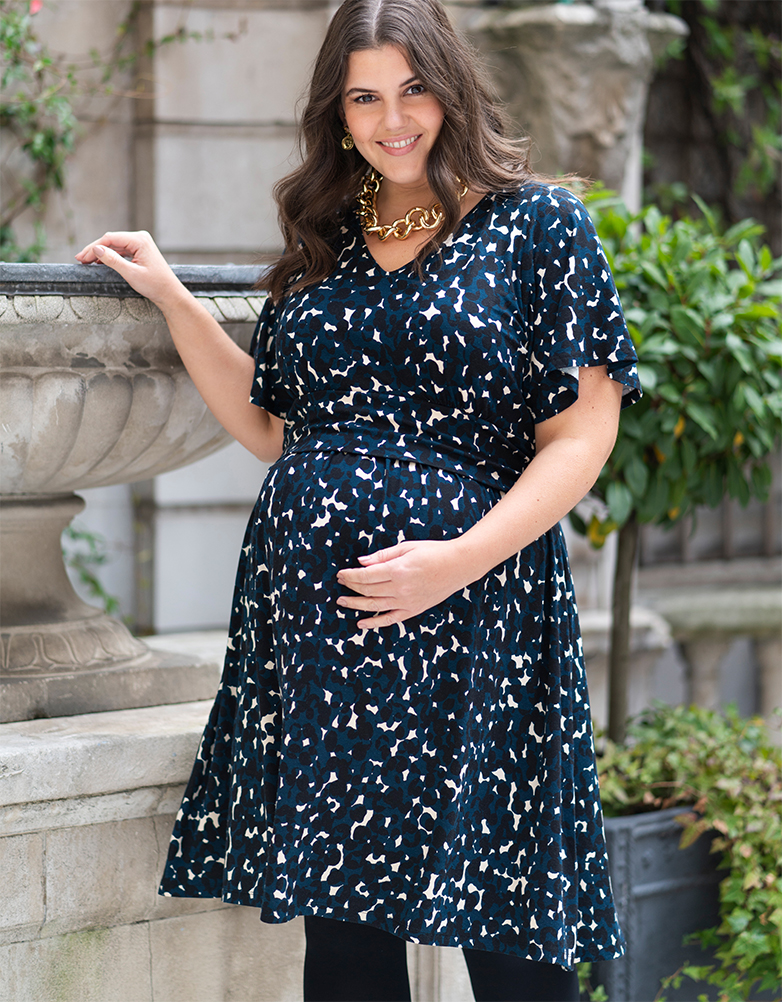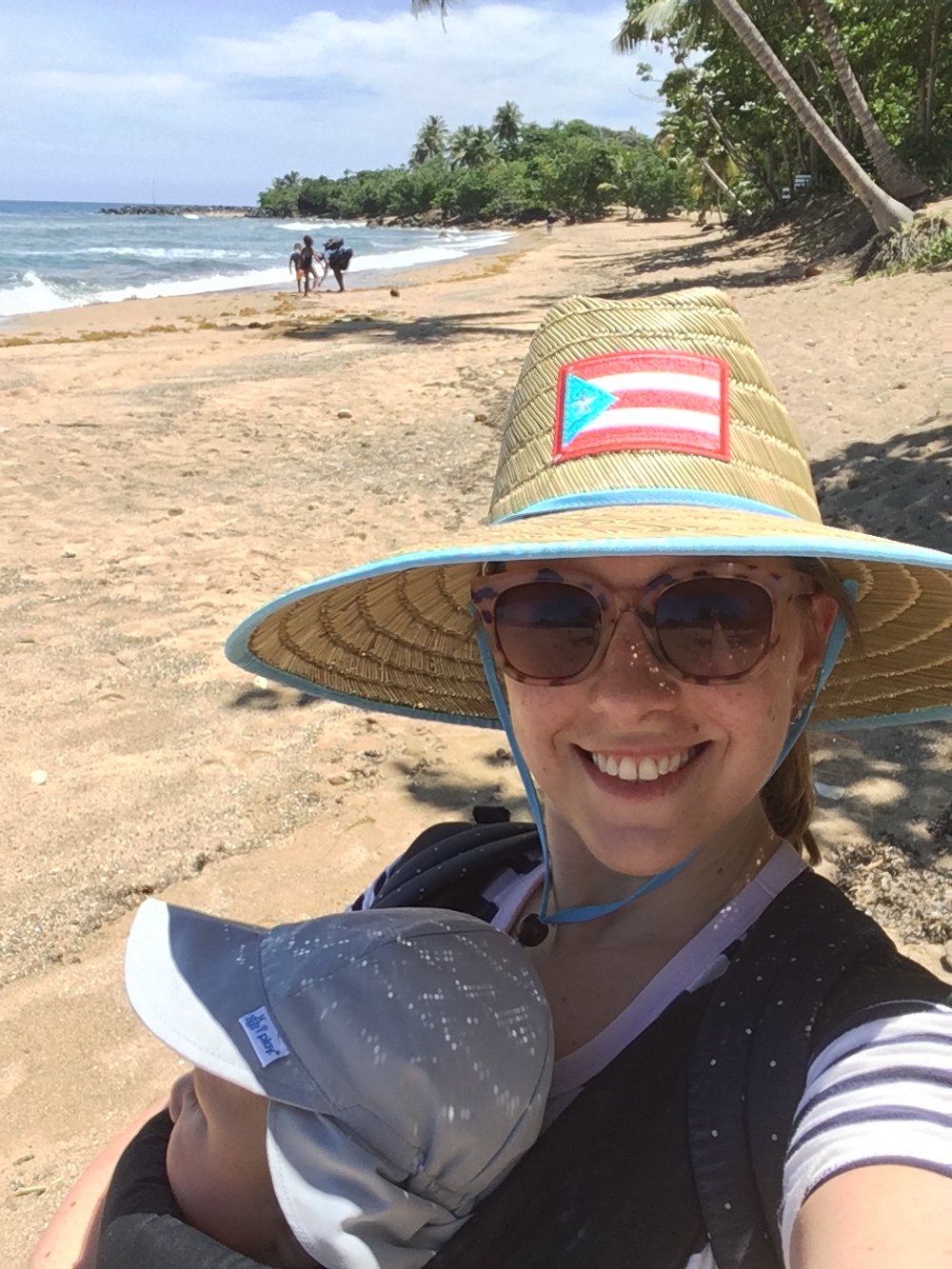Understanding Lamaze Classes: What Makes Them Unique
/Understanding Lamaze Classes: What Makes Them Unique
Lamaze classes are a popular option for expectant parents seeking a natural approach to childbirth preparation. Developed by French obstetrician Dr. Ferdinand Lamaze in the 1950s, this method focuses on providing physical, emotional, and informational support during labor. With a core emphasis on empowering birthing individuals, Lamaze helps parents manage pain, reduce anxiety, and foster a positive birth experience.
While there are many strategies for childbirth preparation and pain management, Sweet Pea Prep incorporates several Lamaze principles in their modern online childbirth classes, giving parents a flexible and comprehensive approach for todays expectant parents to prepare for labor and delivery.
Key Features of Lamaze Classes
1. Breathing Techniques for Labor
One of the foundational elements of Lamaze is the focus on rhythmic breathing. Participants learn various techniques that can help during contractions, promoting a sense of control and relaxation throughout labor. These breathing methods are widely recognized as essential tools for pain management and maintaining calm during childbirth.
2. Diverse Pain Management Strategies
Lamaze doesn’t solely focus on medication; instead, it encourages natural pain management techniques. In addition to breathing, Lamaze participants learn how to use visualization, movement, and massage to cope with labor discomforts. This holistic approach empowers birthing individuals to choose the pain management methods that best resonate with them.
3. Supportive Birth Environment
Lamaze highlights the importance of a supportive birth team, where partners and support persons play an active role in the process. By including your partner in the education, Lamaze encourages a collaborative approach to labor and delivery, helping to foster teamwork and reduce stress during childbirth.
4. Informed Decision-Making in Childbirth
One of the core principles of Lamaze is ensuring that parents are well-informed about their options. Lamaze classes provide evidence-based information on labor processes, interventions, and potential complications, empowering expectant parents to make choices that align with their values and preferences.
5. Embracing the Normalcy of Birth
Lamaze views childbirth as a natural process. By focusing on the body’s ability to give birth, Lamaze fosters confidence in participants, encouraging them to trust their instincts and approach labor with an empowered mindset.
Lamaze vs. Sweet Pea Prep Childbirth Classes: Similar Goals, Different Approaches
Both Lamaze classes and Sweet Pea Prep childbirth classes aim to equip expectant parents with the knowledge and skills necessary for a positive, empowering birth experience. Both methods emphasize understanding the stages of labor, comfort measures, and the importance of informed decision-making.
Lamaze Classes: Lamaze focuses on breathing techniques, pain management strategies, and creating a supportive birth team. It offers a structured approach, often through in-person classes, that allows for hands-on practice.
Sweet Pea Prep Classes: While Sweet Pea Prep also covers breathing techniques and labor support, it provides a more flexible, online childbirth education format. Parents can learn at their own pace, making it easier to balance preparations with busy schedules. Additionally, Sweet Pea Prep dives deeper into labor, delivery, and postpartum care, offering a holistic and modern approach to childbirth education.
Benefits of Sweet Pea Prep’s Online Birth Classes
Sweet Pea Prep offers a modern take on Lamaze childbirth education, combining Lamaze principles with other birth preparation methods. The flexibility of online learning through Sweet Pea Prep allows parents to learn at their own pace in the comfort of their home. This accessibility makes it an ideal choice for modern families seeking comprehensive, at-home birth education.
While Lamaze classes often focus on in-person instruction, Sweet Pea Prep uses interactive online elements to enhance learning. This format allows for a more personalized experience, where parents can revisit lessons as needed.
Both programs prioritize the importance of a supportive birth team, and Sweet Pea Prep encourages active involvement from partners, enhancing the collaborative aspect of childbirth preparation.
Conclusion: Which Birth Class is Right for You?
Whether you choose a traditional Lamaze class or the modern, flexible approach of Sweet Pea Prep, both methods can provide valuable tools and knowledge for your childbirth preparation. Lamaze classes emphasize breathing techniques, pain management, and informed decision-making. Sweet Pea Prep builds on these Lamaze principles while offering an in-depth exploration of unmedicated birth, labor support, and postpartum care.
Sweet Pea Prep takes a unique approach by merging Lamaze principles with strategies from a variety of birth education methods, allowing parents to benefit from a holistic approach to childbirth.
If you’re looking for a convenient and comprehensive way to prepare for childbirth, Sweet Pea Prep’s online birth classes are an excellent option. With courses like Birthing Basics Plus, you’ll not only learn the basic expectations of labor but also receive a deep dive into preparing for an unmedicated birth.
Learn More About Sweet Pea Prep’s Online Antenatal Classes
Ready to begin your birth preparation journey? Explore Sweet Pea Prep’s online childbirth education courses, a modern and flexible alternative to traditional Lamaze classes. Learn at your own pace and prepare for a positive birth experience with our comprehensive, interactive courses.
